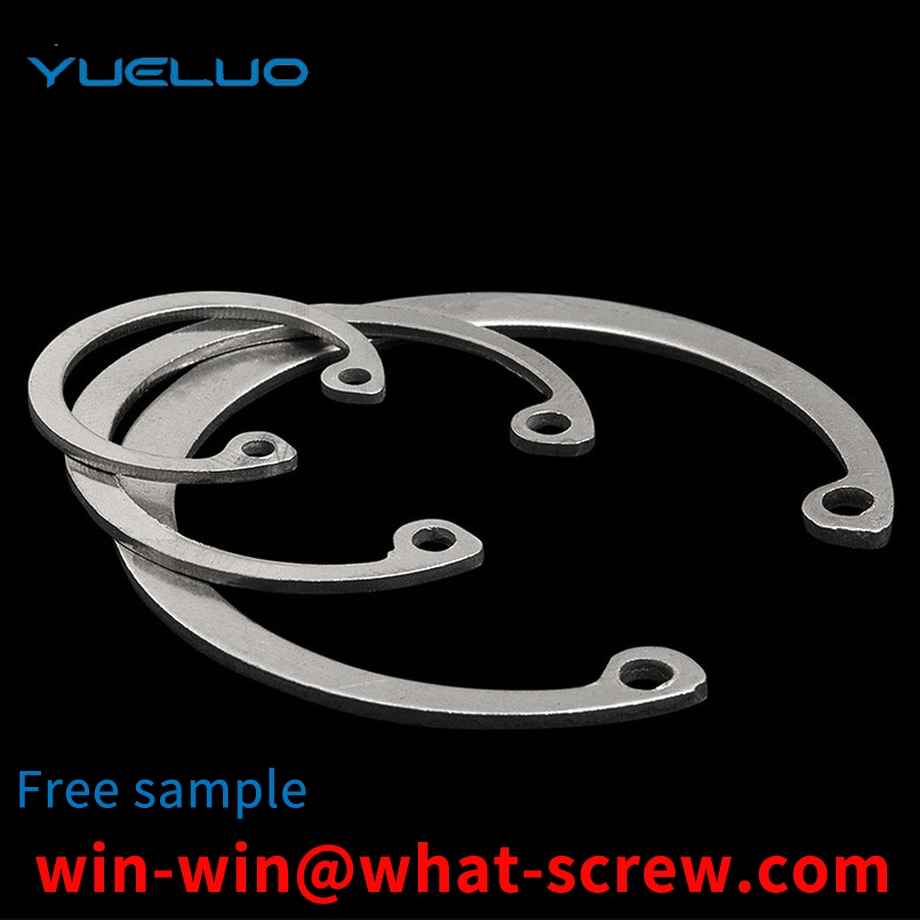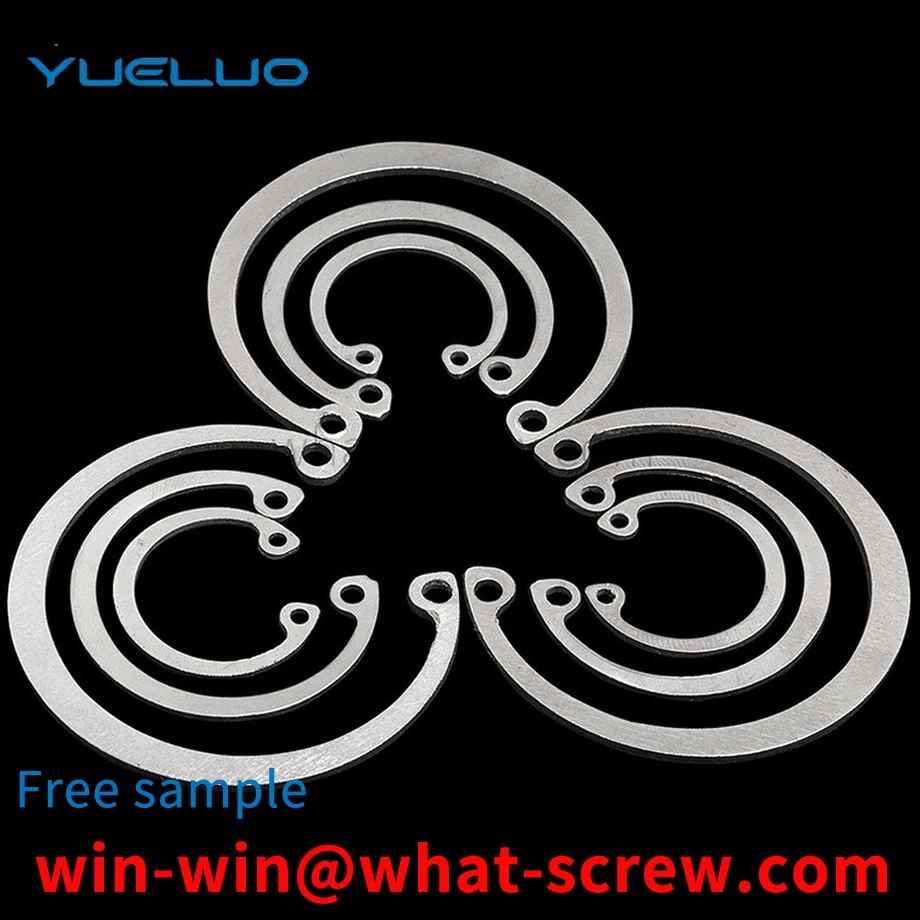Various stainless steel materials have different properties due to their different material contents, so the corrosion resistance is also different. The following is a brief explanation of several commonly used materials: 304 is a universal stainless steel, which is widely used in the production of good requirements. Equipment and components with comprehensive properties (corrosion resistance and formability). 301 stainless steel exhibits obvious work hardening phenomenon during deformation, and is used in various occasions requiring higher strength. 302 stainless steel is essentially a variant of 304 stainless steel with higher carbon content, which can obtain higher strength by cold rolling. 302B is a kind of stainless steel with high silicon content, which has high resistance to high temperature oxidation. 303 and 303Se are free-cutting stainless steels containing sulfur and selenium, respectively, and are used in applications where free-cutting and high surface finish are mainly required. 303Se stainless steel is also used to make parts that require hot upsetting, because under these conditions, this stainless steel has good hot workability. 304L is a lower carbon variant of 304 stainless steel used where welding is required. The lower carbon content minimizes carbide precipitation in the heat-affected zone near the weld, which can lead to intergranular corrosion (weld erosion) of stainless steel in some environments. 304N is a nitrogen-containing stainless steel, and nitrogen is added to increase the strength of the steel. 316 (18Cr-12Ni-2.5Mo) material: due to the addition of Mo, its corrosion resistance, atmospheric corrosion resistance and high temperature strength are particularly good, and can be used under harsh conditions; excellent work hardening (non-magnetic).
There are two types of bolt detection: manual and machine. Manual is the most primitive and the most commonly used consistent detection method. In order to minimize the outflow of defective products, general production enterprise personnel inspect the packaged or shipped products by visual means to exclude defective products (defects include tooth damage, mixed materials, rust, etc.). [2] Another way is automatic machine inspection, mainly magnetic particle inspection. Magnetic particle inspection is to use the interaction between the leakage magnetic field at the defect of the bolt and the magnetic powder, aiming at the difference between the magnetic permeability of the bolts (such as cracks, slag inclusions, mixed materials, etc.) and the magnetic permeability of steel, these materials are discontinuous after magnetization. The magnetic field at the place will be turbulent, and a leakage magnetic field will be generated on the surface of the workpiece where part of the magnetic flux leaks, thereby attracting the magnetic powder to form the magnetic powder accumulation at the defect—magnetic traces. The accumulation of these magnetic powders is observed and explained, and the purpose of rejecting defective products has been achieved.
Pre-embedded channels are often used in rail transit. There are usually U-shaped channels and C-shaped channels. There are also various widths of openings on one side. The T-bolts used in their connection are generally non-standard parts, which need to be The actual project needs to be customized, mostly for the overall stamping production, the mold cycle is long, the number of mold openings is large, and the production cost is high. Moreover, when assembling and connecting, it is sometimes found that the size of the originally designed t-bolts does not match, and it is necessary to replace t-bolts of different sizes, then it is necessary to redesign and produce non-standard t-bolts, which slows down the entire equipment. processing cycle. Customized T-bolts are often not wide enough in size range, and only a few can be selected for specific assembly and connection, which is difficult to meet the diverse requirements of the production site for bolts.
The installation of the pressure riveting nut is exquisite. If the installation method is not correct, the riveting will not be firm after the pressure riveting. For example, one of our customers reported that the nut would fall off after riveting. Our technicians found that many customers hit it with a hammer or other impact methods, because the installation method of the riveting nut will cause pressure. The uneven force of the rivet nut seriously affects the riveting effect. It looks like it is pressed in on the surface, but in fact, the flower teeth of the rivet nut are not riveted with the plate at all, so it is definitely not riveted. To install the rivet nut, you must use special installation equipment, or simply install it with a press and stamping equipment (generally factories will have these simple equipment).
Blind rivets are a type of flying rivets for single-sided riveting, but they must be riveted manually, electrically, and automatically using special tools. This type of rivet is especially suitable for riveting occasions where it is inconvenient to use ordinary rivets and must be riveted from both sides, so it is widely used in construction, automobiles, ships, aircraft, machinery, electrical appliances, furniture and other products.
We have many years of experience in the production and sales of screws, nuts, flat washers, etc. The main products are: fisheye expansion bolts, GB858 washers, matching screw caps, iron external tooth lock washers and other products, we can provide you with suitable fastening products piece solution.



















 Service Hotline
Service Hotline




